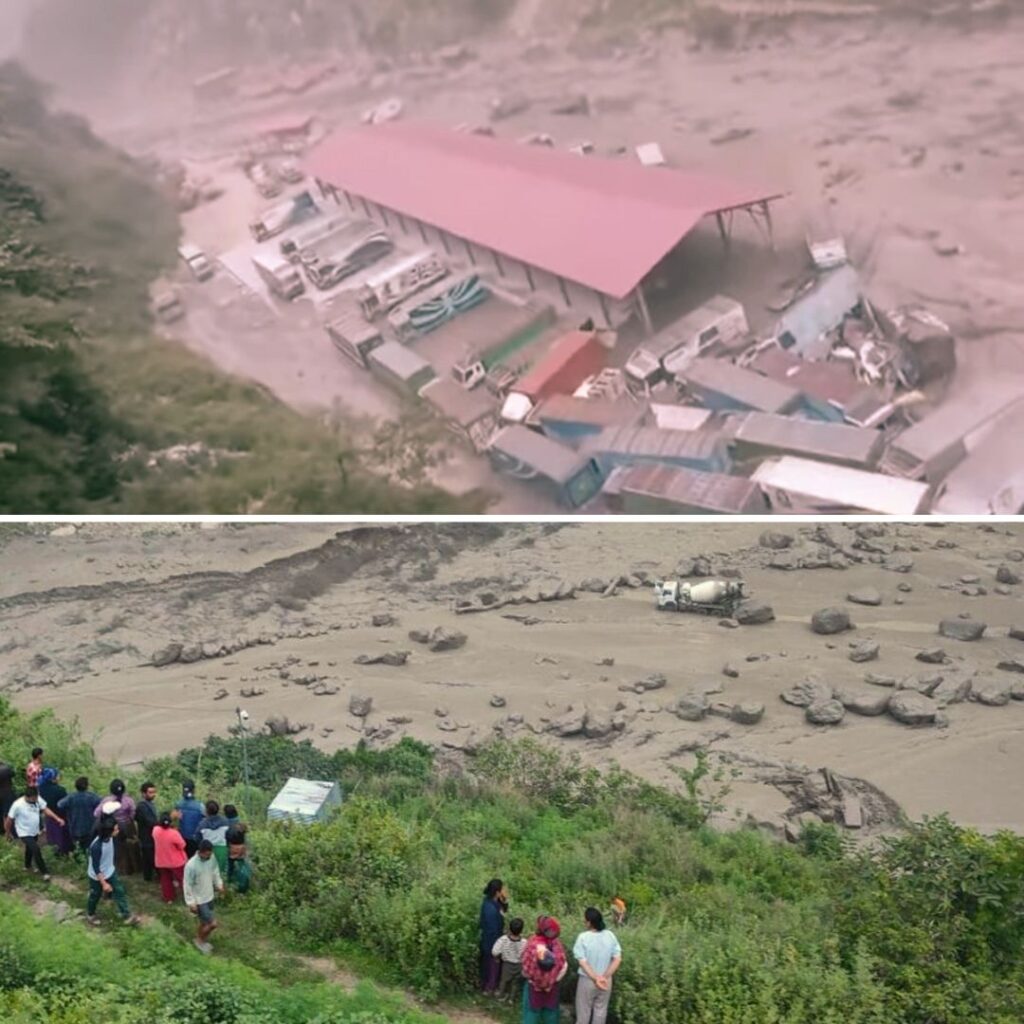The green fields have turned black with fly ash deposits. The community lake’s water has turned toxic. The farmers have become labourers. The steady downturn for the worse began when a steel manufacturing facility was set up on the village border. It changed the town forever.
When the news first came that a steel manufacturing factory built by Maa Kali Steel Udyog Ltd was coming to Pali village, Raigarh of Chhattisgarh, residents were hopeful that they would reap the benefits of industrial growth. The future seemed bright with new job opportunities and the promise of better infrastructure. But a decade later, the 800 residents of Pali have only seen a steady deterioration because of the pollutants from the factory. The village’s sole water source, a lake, has turned toxic from the industrial effluents and sewage from the factory. The residents have developed respiratory problems and contracted skin diseases such as eczema and vitiligo due to bathing in the contaminated lake.
A thick layer of about 1-2 feet of fly ash, the residue of burned coal that comes from the factory, as it smelts iron ore into steel, has settled on his farmland.
Farms, too, have suffered. Fields irrigated by the same polluted water, have seen depleted harvests marking a sharp fall in agricultural production. “It has been ten years since I have had any decent crop. Earlier I used to yield enough for 25-30 bags of rice. Now I can yield hardly 10 bags,” laments farmer Santosh Pradhan. A thick layer of about 1-2 feet of fly ash, the residue of burned coal that comes from the factory, as it smelts iron ore into steel, has settled on his farmland. Many farmers like Santosh suffer the same problems. Unable to grow crops in their fields, the farmers have taken up alternative means of earning money such as running small utility shops; or migrating to find manual labour. However, Santosh is unhappy because such jobs are less profitable and more importantly, he has lost his identity as a producer of food.
Chhatisgarh is the second largest producer of sponge iron in India and accounts for 20 percent of India’s total production. Although agriculture is the chief livelihood for 80 percent of the population, Chhattisgarh is rapidly becoming an industrial hub with more and more coal- based power stations, mines, cement production and storage companies popping up. These factories are often small, have no monitoring systems, and use outdated technology. In Raigarh alone, 300 of 533-gram panchayats are likely to be affected by industrial projects. The state’s capital, Raipur, has been listed as the seventh most polluted city in the world by World Health Organisation in 2016, an ‘achievement’ that even Delhi hasn’t managed, being ranked 11th in the same list.
By watering down the land, tribal and environment laws, the Chhattisgarh government has sold or leased out vast areas of land to heavily polluting industries. The Comptroller and Auditor General (CAG), the top auditing body of India, even criticized the Chhattisgarh government and Chhattisgarh Environment Conservation Board (CECB) for disregarding various environmental laws and for the damage caused by various industries in the state. While many would argue that industrialization can help raise the living condition of the population, Chhattisgarh’s figures provide a strong argument against this.
While the state has been ranked fourth among Indian states in terms of ‘Ease of Doing Business’ in 2016, in the same year, it stood third from last on the Human Development Index amongst all Indian states.
The residents of Pali village have submitted three written complaints to the environmental authorities in the past two years. So far this has led to nothing. “We’ve received the complaint. We will investigate into this matter in the coming 4-5 days. Make sure the complainants are there during the inspection,” the Raigarh district’s Environment Officer had told Video Volunteers Community Correspondent Rajesh Gupta on video, in 2015. Since then, Rajesh Gupta constantly followed-up with the officer for the investigation but a year later, he still gets hollow promises in return. “I had called him last in November 2016 to ask him when he will come and do the necessary inspection. He had assured me he will come in a day or two,” Rajesh says. The days have gone by, but the officer has never come. The factory owners have taken to bullying, even threatening violent action against local residents. Rajesh suspects this behaviour is due to the lack of action by the environmental officer.
“Several villagers and I have seen him going into the factory premises in the company car and not coming out for ages. I suspect he is bribed by the factory owners,” Rajesh says.
In the rush to industrialize, the state is diverting land and forests, which sustain more than 80 percent of the population, to set up industries. Not once has the state stopped to take stock of the cumulative impact of so many…











